Key Takeaways
- Flea bombs (flea foggers) quickly eliminate adult fleas but struggle to reach eggs and larvae hidden in carpets, furniture, and tight spaces.
- Proper preparation, including covering food, pet items, and unplugging appliances, is crucial to safely using flea bombs.
- Post-treatment cleanup—vacuuming, laundering fabrics, and pet grooming—is essential for long-term flea control.
- Combining flea bombs with complementary strategies like regular vacuuming, diatomaceous earth, flea traps, and diligent yard maintenance ensures the most effective results.
- Professional pest control services may be necessary for severe or persistent flea infestations, offering tailored solutions and long-term prevention strategies.
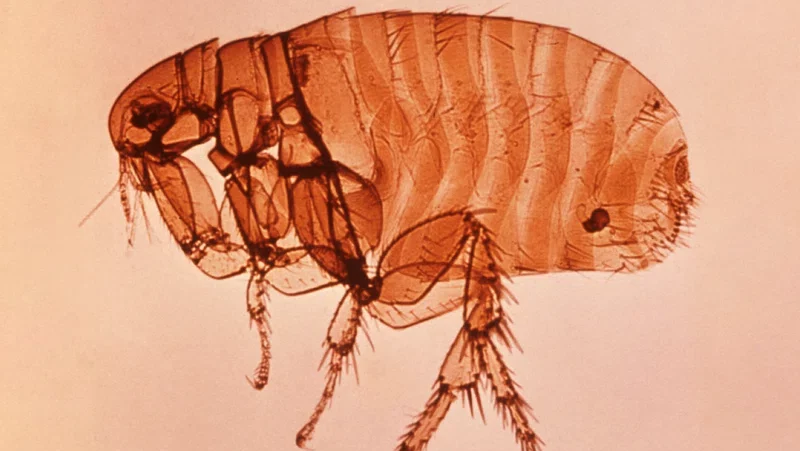 Flea -small, tireless creatures– not just disturbed; They are completely disruptive. If you are ever scratched, mysterious bite, or looking at small insects moving around your carpets, then you know what I really mean. You must have also considered a bug bomb or flea fogger to clean the problem quickly. But, honestly, how well do these foggies work? Are they safe to use around their children or pets? Let’s clean it.
Flea -small, tireless creatures– not just disturbed; They are completely disruptive. If you are ever scratched, mysterious bite, or looking at small insects moving around your carpets, then you know what I really mean. You must have also considered a bug bomb or flea fogger to clean the problem quickly. But, honestly, how well do these foggies work? Are they safe to use around their children or pets? Let’s clean it.
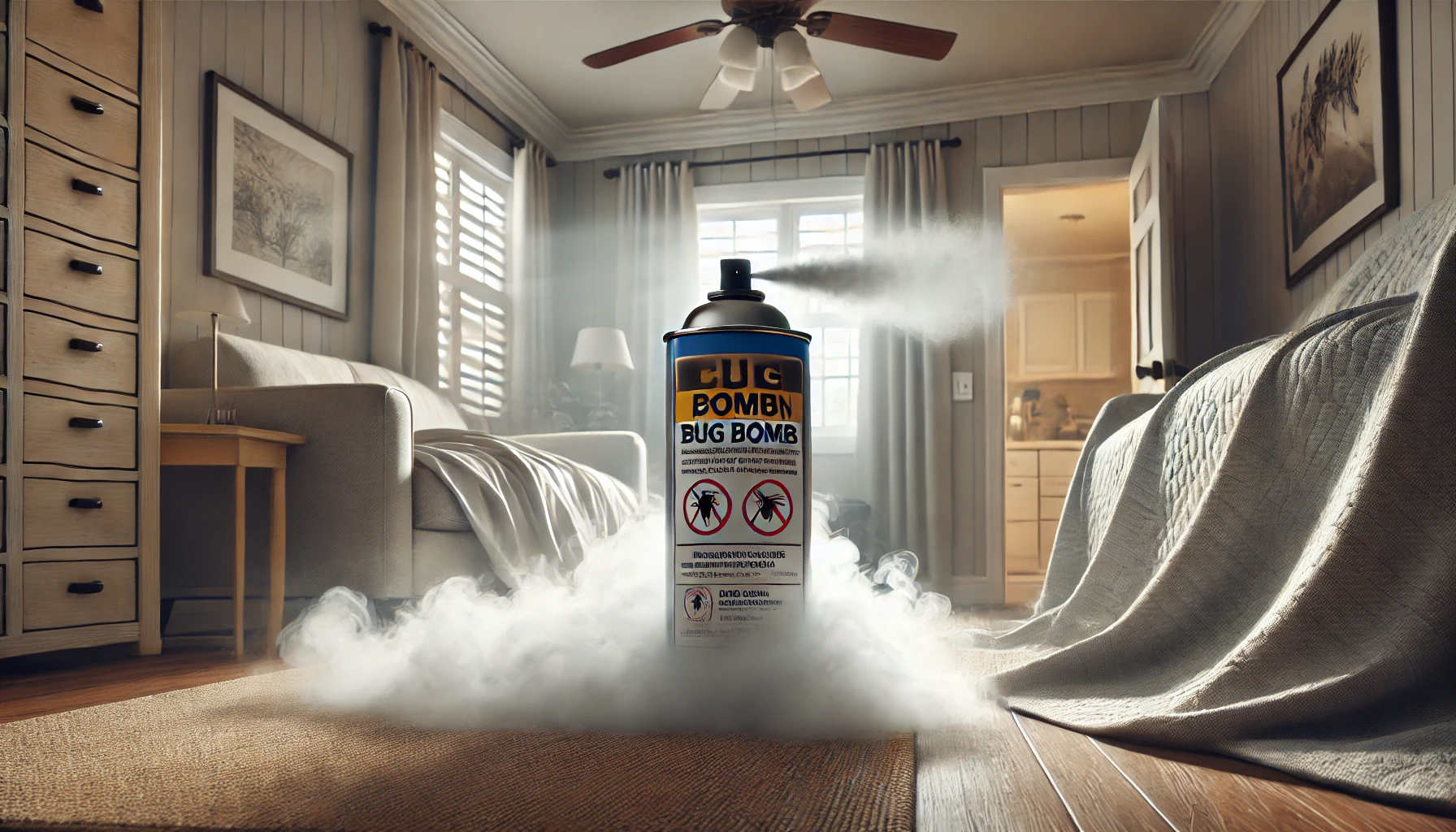

Not getting a solution?
Get your free pest control estimate today!Wait, What Exactly Is a Flea Bomb Anyway?
Imagine pressing a button and watching pests vanish in a mist. Sounds satisfying, right? Flea bombs do something similar. They release aerosol pesticides, filling rooms with a fine mist that settles on furniture, carpets, bedding, and drapes. Popular brands—think Raid, Hot Shot, and Spectracide—are easy to grab off any store shelf. But here’s the catch: these foggers contain chemicals like permethrin and pyrethrin, and even insect growth regulators (IGRs) that disrupt fleas’ life cycles. So, while convenient, these powerful sprays require careful handling to avoid unwanted exposure, especially around kids, pets, and sensitive individuals.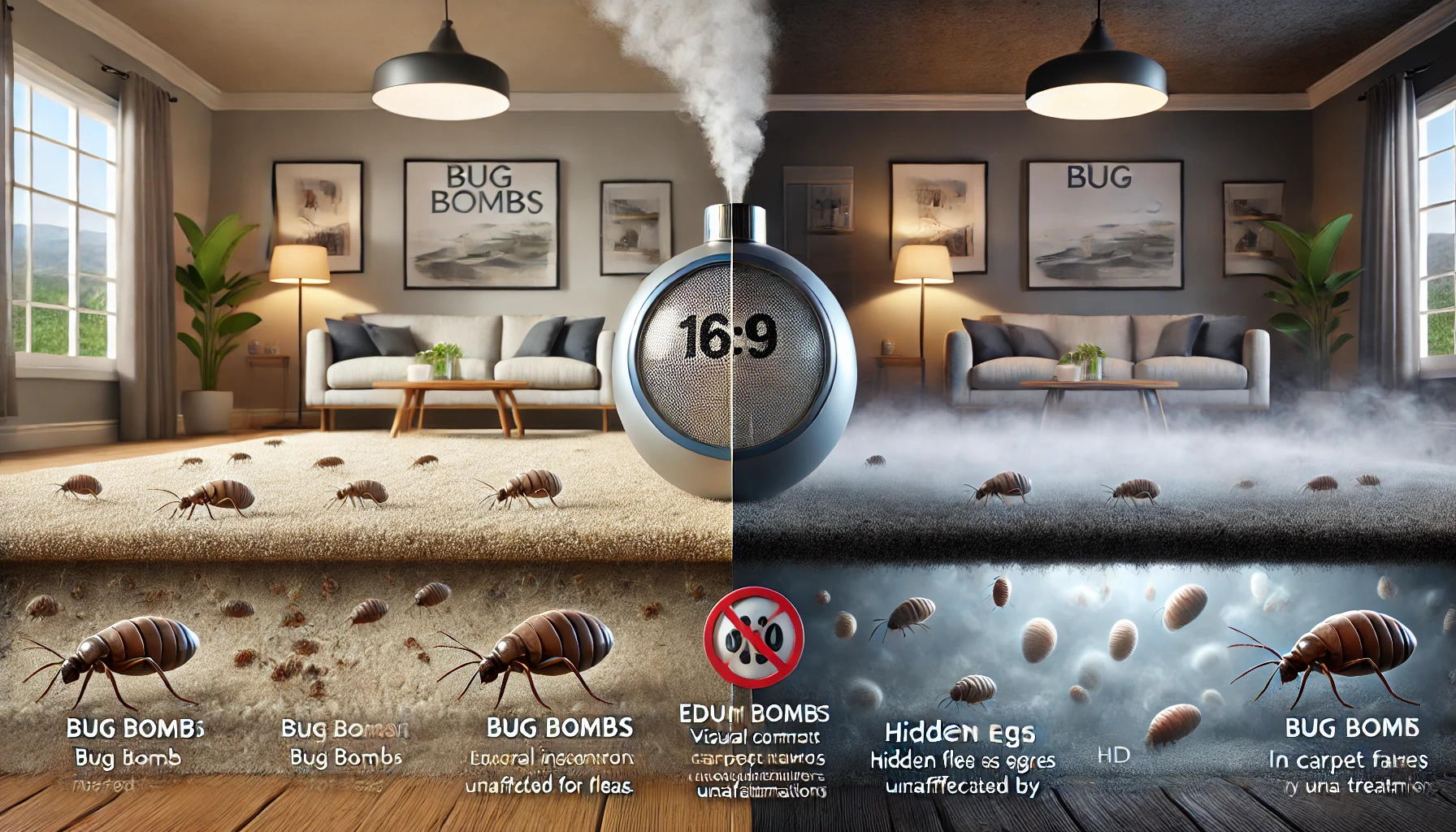
Real Talk: Do Flea Bombs Work?
Okay, here is the point – the flame bombs effectively kill adult flea. Within a few minutes of use, you will probably see jumping around the low flea. It sounds like a win at first glance, isn’t it? However, flea bombs do not really reach hidden spots – such as deep carpet fiber, under cushion, pet beds, or small cracks where eggs and larvae are lean. So, do you know what? You may think that you have won the battle, only to see the new flass hatch. Disappointment, isn’t it? Pros:- It instantly kills visible adult fleas.
- Simple, affordable, and available pretty much anywhere.
- Works well as part of a broader flea-control approach.
- Struggles to eliminate flea eggs and larvae hiding out of sight.
- Multiple treatments might be needed.
- Comes with potential health risks for pets and family members if misused.
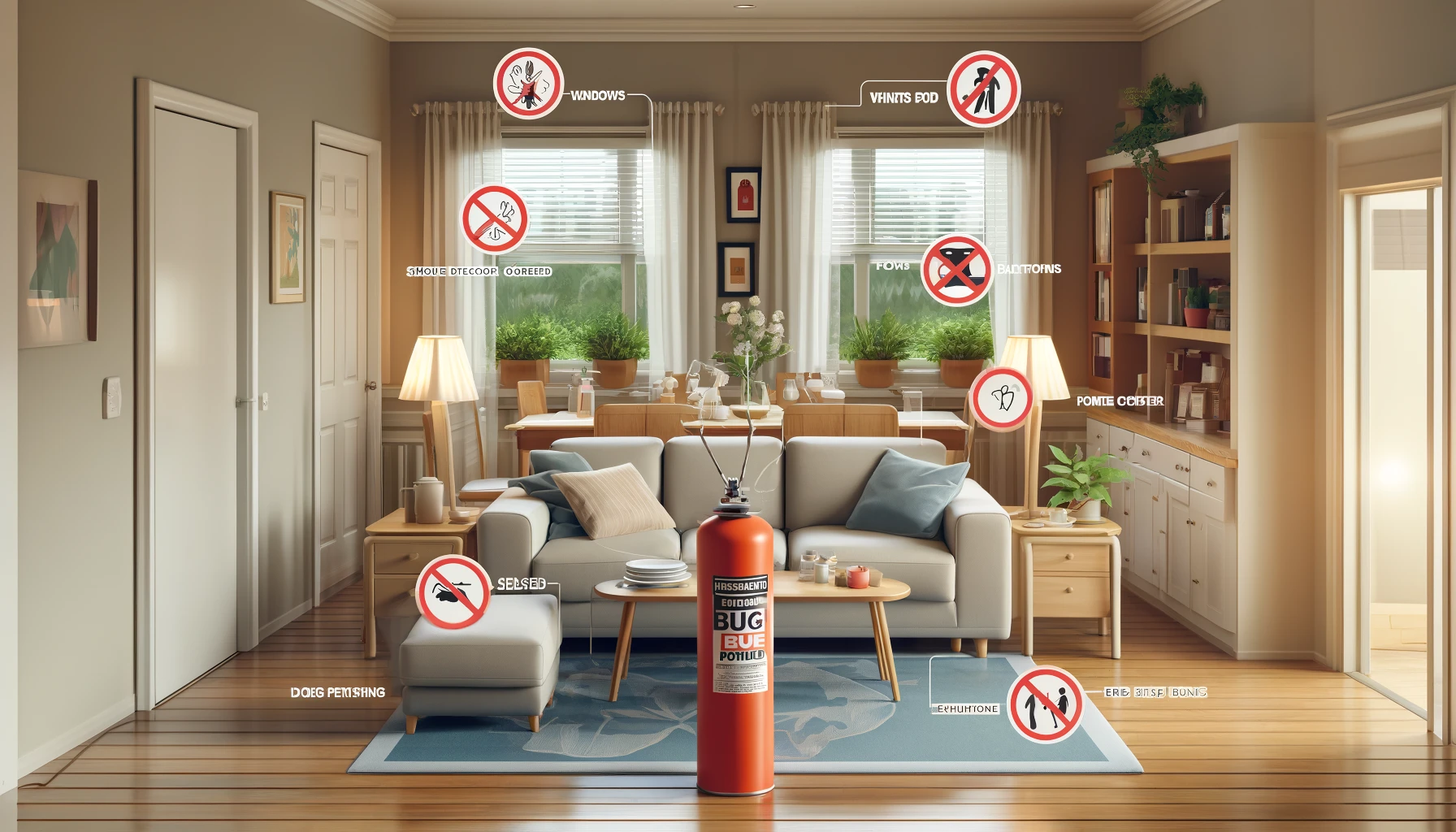
Before You Press That Button: Essential Safety Precautions
- You know the saying, “Better safe than sorry”? With flea foggers, that’s doubly true. Preparation is key to avoid issues later on:
-
Cover or Remove Food: Store all food and kitchenware to prevent contamination from pesticide residue.
-
Protect Pet Items: Remove or cover pet bedding and toys to avoid exposure and wash them separately afterward.
-
Open Doors and Cabinets: Allow fogger mist to access hidden areas like cabinets and closets where fleas may hide.
-
Unplug Everything: Prevent fire hazards by turning off or unplugging appliances and pilot lights before activating the fogger.
-
Leave the House: Evacuate all people, pets, and plants during the treatment for safety and effectiveness.

Your Step-by-Step Guide: Using a Flea Bomb Right
- Let’s break it down step-by-step to make this foolproof:
-
Read the Instructions: Every product is different—review the label for timing and setup directions.
-
Set Up Your Space: Clear clutter, cover surfaces, and prepare rooms for effective treatment.
-
Place and Activate: Put the fogger on a stable, elevated surface and activate it—then leave the room immediately.
-
Stay Away: Remain outside the home for the time specified, usually two to four hours.
-
Air It Out: Upon return, ventilate thoroughly by opening doors and windows for at least 30 minutes.
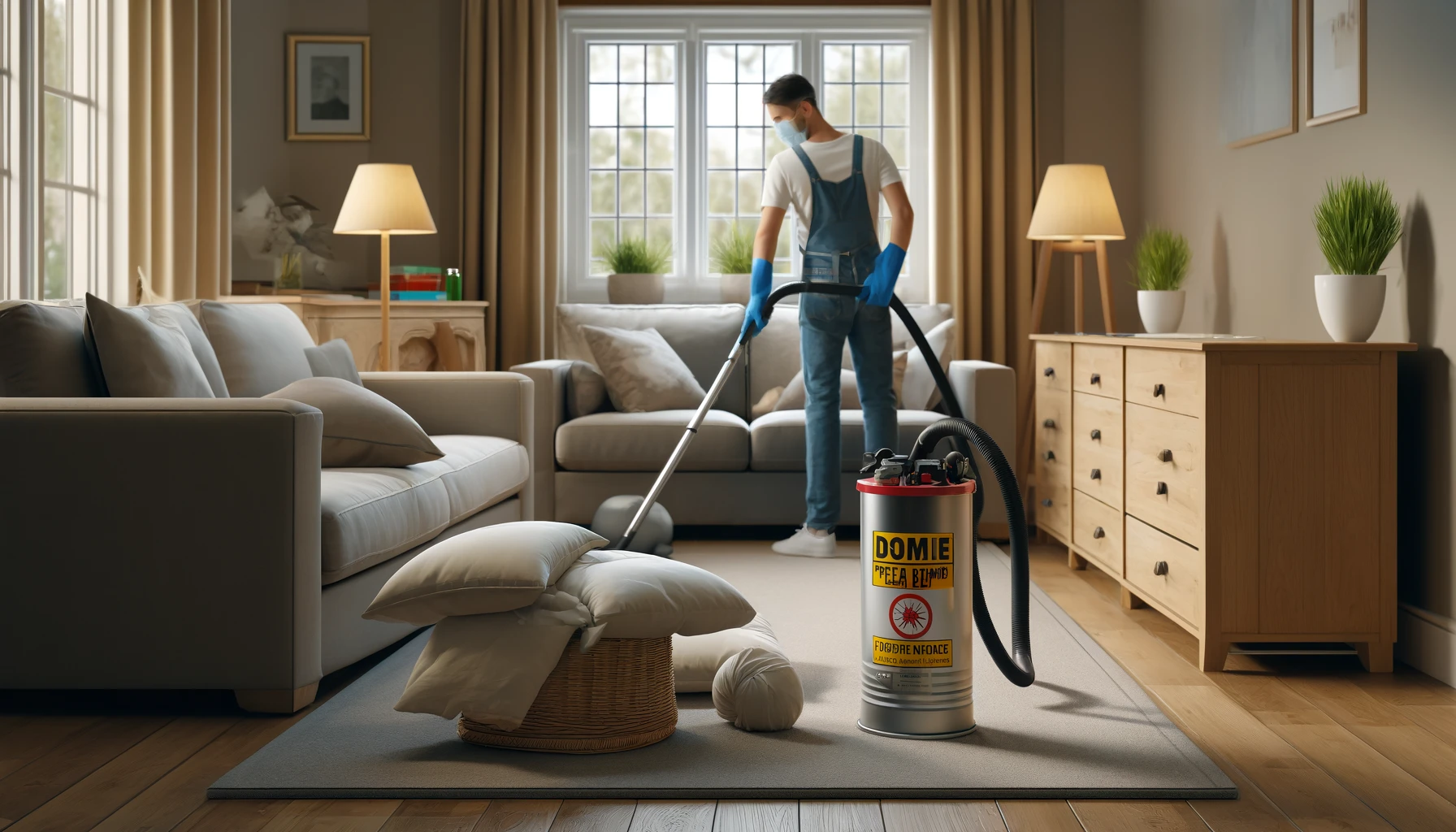
Cleaning Up After the Fog Clears
- You did it! But don’t celebrate just yet—cleanup is essential:
-
Wipe Down Surfaces: Clean counters, tabletops, and other surfaces to remove lingering chemical residue.
-
Vacuum, Vacuum, Vacuum: Thoroughly vacuum all soft surfaces and dispose of vacuum contents immediately.
-
Wash Fabrics Thoroughly: Wash blankets, bedding, and curtains in hot water to eliminate flea eggs and larvae.
-
Clean Your Pets: Bathe pets with vet-approved flea shampoo to eliminate fleas they may still carry.
-
Keep Watching: Monitor for re-infestation over the next few weeks—additional treatments may be needed.

Enhancing Your Flea Control: Complementary Methods
- Because flea foggers alone typically aren’t enough, consider these additional measures:
-
Pet Care is Crucial: Use flea preventatives recommended by your vet for lasting protection.
-
Diatomaceous Earth: Apply this natural flea killer to carpets and cracks—it works by dehydrating fleas.
-
Daily Vacuuming: Vacuum daily to remove adult fleas, eggs, and larvae from your living space.
-
Flea Traps: Use traps with sticky pads or lights to help detect flea activity early.
-
Regular Yard Maintenance: Mow the lawn, remove leaf piles, and treat outdoor areas to prevent fleas from coming inside.
-
Regular Pet Grooming: Brush and inspect your pets regularly to catch and stop fleas early.
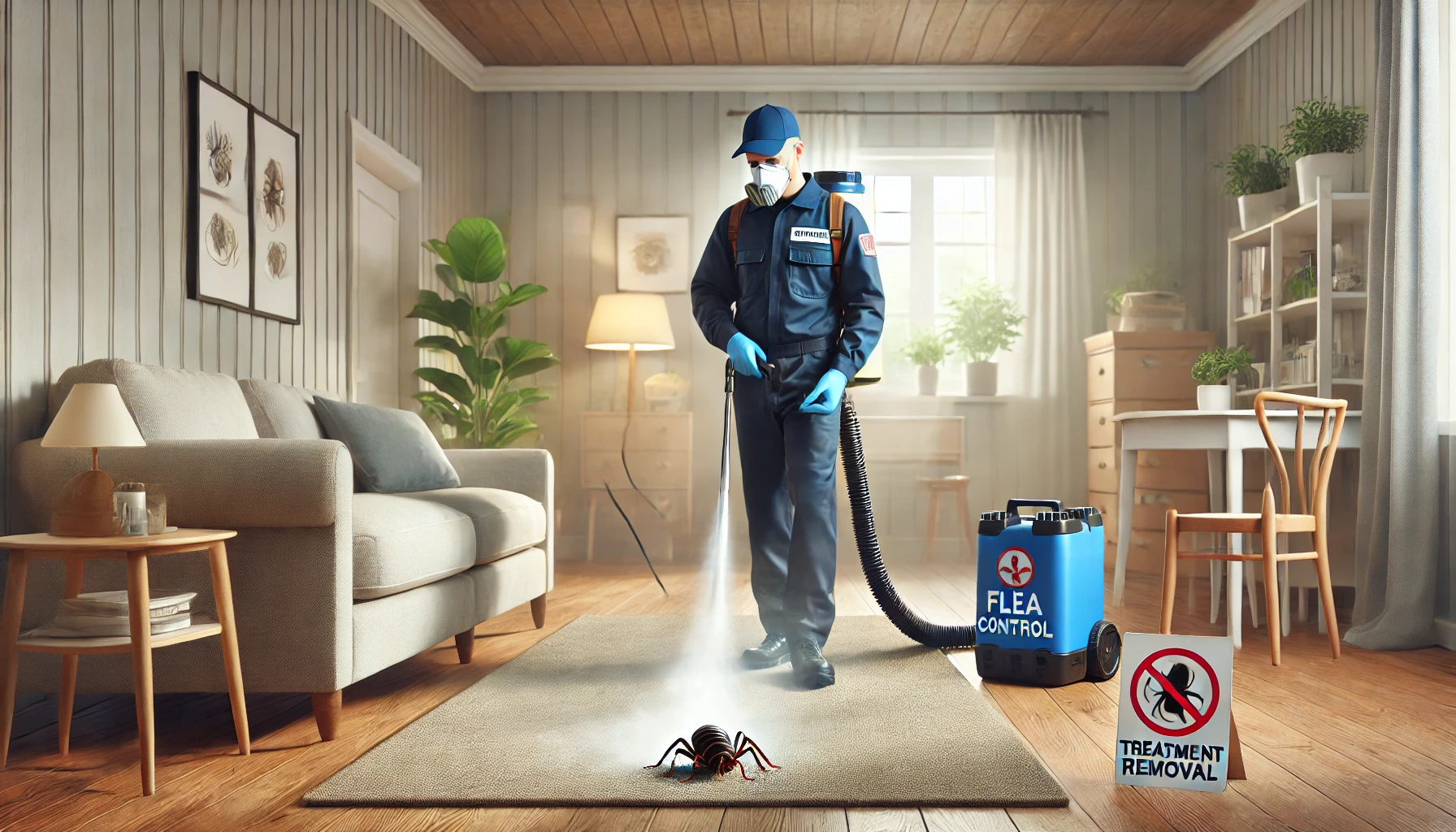
When It’s Time to Call in the Professionals
Sometimes, fleas are very stubborn – or your DIY treatment is not completely cutting it. Do you know what? There is no shame in this! Professional insect control services have more powerful tools and strategies, effectively targets every life phase of Fleas. They bring experience and special products to clean their home at the end. In addition, they can offer personal tips and prevention strategies that are clearly corresponding to your living conditions-some generic store-bred solutions cannot be quite matching. When you are working with those Pitapas who deficient every effort in eviction, sometimes professional backup is the most reliable pathway. Trust me, by calling in professionals, you can give back peace of mind, knowing that your house is really flew-free. If you feel things have gone out of control, it is advised to contact pest control professionals. Our team can provide a customized approach to protect your home effectively.Visit our Species, Control, and DIY Guide sections for additional resources on fleas and ways to tackle a fleas infestation.





